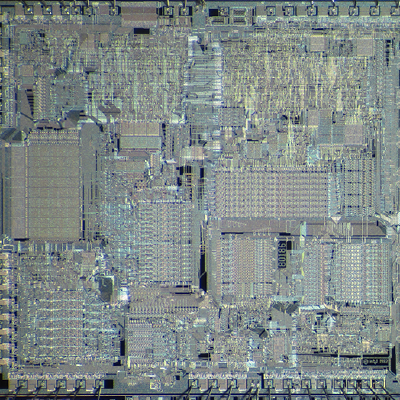If anyone’s curious, the first step is wrong. e^x minus its integral is a constant. Not necessarily zero.
Ok. Take the derivative of both sides and integrate at the end, then plug in a value of x to get C = 0.
In step two you can’t gake out e^x from the integral because is being integrated by the x variable.
behold! you have found ze joke
You have no idea. This is tame compared to some of the shit I seen in my masters.
I remember one time we had an exercise where the calculation yielded a violently nonconvergent improper integral.
Now, we had already been introduced to some “tricks” to “deal with” those. And I do mean “tricks” as in magic. Arcane spells best described as “praying to the obscure gods of Borel summation until some incantation accidentally summoned untold horrors that would swallow infinities into fractional dimensions converging to zero” or some bullshit like that.
But this one was so bizarre that the whole class was stumped. Our runes were powerless, what remained of our sanities was fraying and disappearing into the abyss that kept lookingback for more.
Then the TA just tsk’d at our collective weakness, deadass looked into each of our eyeballs and wrote this on the blackboard

I almost puked on the spot
Aside from the interchange of limits, which remains unjustified, I see no issue
My math degree is only a handful of years old but I don’t do math anymore so I have no clue how horrified I should be
Congrats on finishing your degree
As far as I can tell, every step but the last one is wrong.
Except the first assumption that e^x = its own integral, everything else actually makes sense (except the DX are in the wrong powers). You simply treat the “1” and “integral dx” as operators, formally functions from R^R into R^R and “(0)” as calculating the value of the operator on a constant-valued function 0. EDIT: the step 1/(1-integral) = the limit of a certain series is slightly dubious, but I believe it can be formally proven as well. EDIT 2: I was proven wrong, read the comments
That’s the thing about physicists doing math. They know the universe already works. So if they break some math on the way to an explanation, so what? You can fix math. They care about the universe. It’s pretty cool sometimes. Like bra-ket notation is really an expression the linear algebra concepts of dual space and adjoints. But to a physicist, it’s just how the math should work if it is to do anything useful.
So yeah, this post looks like nonsense. Because it is. But there is a lesson that “math” should work like this, and there is utility in pushing the limits. No pun intended.
Edit: I’m not claiming this is a useful application. It’s circular reasoning as this post’s parent alludes to.
Why’d the (0) vanish? Everything else seems “justified”.
If we already regularly ignore infinities in the self-energy of electrons and other divergent stuff what’s a little division by zero here or there?
Yeah I don’t remember if the result is correct, but the process is definitely sus.
the result is correct
I don’t believe you can just factor our e^x in the second step like that. That seems in incorrect to me. Then again I’ve been out of calculus for years now.
The process is horribly wrong, but the answer is correct. I think that’s the intended joke.







